The insect world is full of remarkable engineering feats that often go unnoticed by human observers. Among these architectural marvels are tunnels and burrows that vastly exceed the size of their creators. From tiny ants constructing labyrinthine colonies to beetle larvae carving elaborate galleries through wood, these small-bodied engineers reshape their environments in ways that seem impossible given their diminutive size. This disproportionate relationship between builder and construction represents one of nature’s most fascinating puzzles. Why would organisms invest so much energy in creating structures that dwarf their own bodies? The answers reveal sophisticated survival strategies, complex social organizations, and evolutionary adaptations that have allowed these small creatures to thrive across nearly every terrestrial habitat on Earth.
The Physical Challenge of Digging Beyond Body Size

At first glance, the ability of small insects to create tunnels many times their body length seems to defy physical logic. Ants measuring just a few millimeters can create tunnel systems extending several meters, representing constructions hundreds or thousands of times their body length. The secret lies in specialized anatomical adaptations that maximize digging efficiency despite small size. Many tunneling insects possess disproportionately powerful mandibles or specialized appendages that function as effective digging tools. Additionally, insects often use chemical secretions to soften substrate material before removal, reducing the physical force required. Perhaps most importantly, these tiny engineers approach tunnel construction as a long-term, incremental process—removing small amounts of material consistently over extended periods to gradually create expansive networks.
Ecological Benefits of Oversized Tunnels
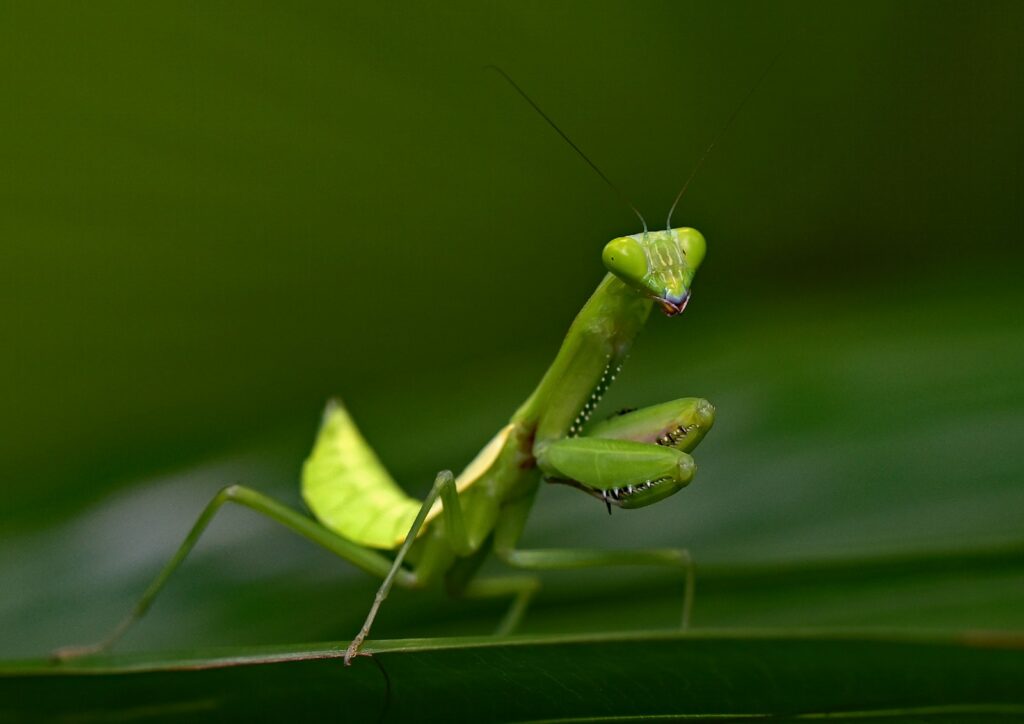
The seemingly excessive size of insect tunnels serves critical ecological functions that extend beyond mere shelter. Large tunnel systems create expanded foraging territories that allow insects to access resources across a wider area without exposing themselves to predators or harsh environmental conditions. These networks also function as effective traps for capturing prey that inadvertently enter the system, particularly for predatory insects like ant lions or tiger beetle larvae. For decomposers like termites or certain beetles, extensive galleries maximize their contact with food sources while maintaining favorable microclimate conditions. Additionally, these expansive underground systems often enhance soil health through aeration, drainage improvement, and nutrient cycling—making these insects important ecosystem engineers whose effects extend far beyond their tiny bodies.
Microclimate Control Within Expanded Tunnels

One compelling reason for oversized tunnels is the need for precise microclimate regulation, which requires sufficient space to create temperature and humidity gradients. Insects are particularly vulnerable to desiccation and temperature fluctuations due to their high surface-area-to-volume ratio. By constructing extensive tunnel systems, they can create zones with varying conditions, allowing them to move between areas as external conditions change. Termite mounds represent perhaps the most sophisticated example, with complex ventilation systems that maintain remarkably stable internal conditions despite extreme external fluctuations. Deeper chambers often maintain higher humidity levels crucial for egg development and fungal cultivation, while upper chambers may provide warmer temperatures during cool periods. This microclimate manipulation allows insects to essentially create their own weather system within their expanded underground domains.
Social Organization and Division of Labor

For social insects, oversized tunnel systems accommodate complex societal structures and division of labor that would be impossible in more confined spaces. Ant colonies, for instance, require different chambers for nurseries, food storage, waste disposal, and royal quarters—all connected by highways that facilitate efficient movement of workers between zones. The extensive size allows for physical separation of different life stages and castes, reducing disease transmission and optimizing care for developing brood. Tunnel architecture often reflects the social hierarchy, with deeper, more protected chambers reserved for queens and brood chambers. This spatial organization is particularly evident in leaf-cutter ant colonies, where different chambers house different stages of their fungal gardens, each requiring specific microclimate conditions maintained by different worker groups.
Resource Storage and Food Cultivation
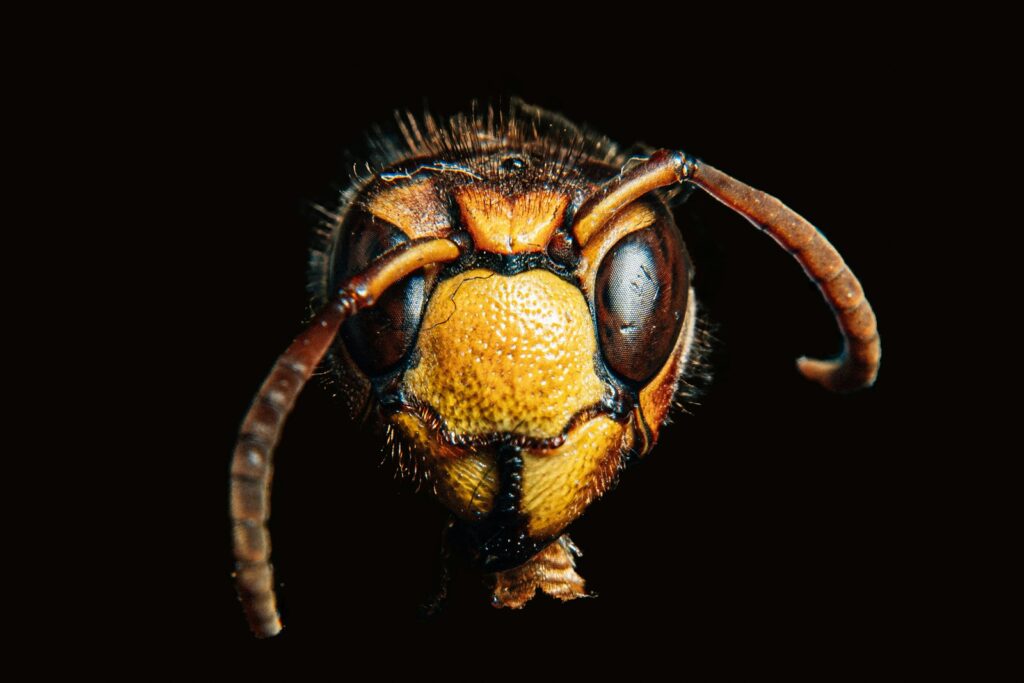
Many tunnel-building insects create spaces significantly larger than themselves to accommodate food storage or cultivation practices critical for survival during resource scarcity. Harvester ants build extensive granaries where they store collected seeds, sometimes processing them to prevent germination while maintaining nutritional value. Even more remarkably, leafcutter ants construct massive underground chambers where they cultivate fungal gardens on collected leaf material—essentially practicing agriculture millions of years before humans. Termites maintain specialized chambers where partially digested wood is transformed into fungal gardens that break down cellulose into digestible nutrients. These chambers must be spacious enough to maintain proper ventilation and humidity levels for optimal fungal growth while accommodating the activities of worker insects tending these living food sources.
Protection Against Predators and Parasites

Oversized tunnel systems serve as sophisticated defense mechanisms against natural enemies, providing multiple advantages beyond simple hiding places. Complex tunnel architecture with numerous branches, dead ends, and narrow passages creates a maze-like environment that confuses and impedes predators attempting to reach nest inhabitants. The extensive size allows for multiple escape routes and hiding chambers, significantly enhancing survival chances during an attack. For many species, tunnel depth provides protection against predators lacking the ability to dig deeply, while numerous false chambers may divert attention from actual brood chambers or food stores. Some species, like certain ants and termites, incorporate specialized defense chambers where soldier castes congregate ready to mobilize against intruders—representing a spatial organization of their military response.
Reproductive Strategy and Brood Development
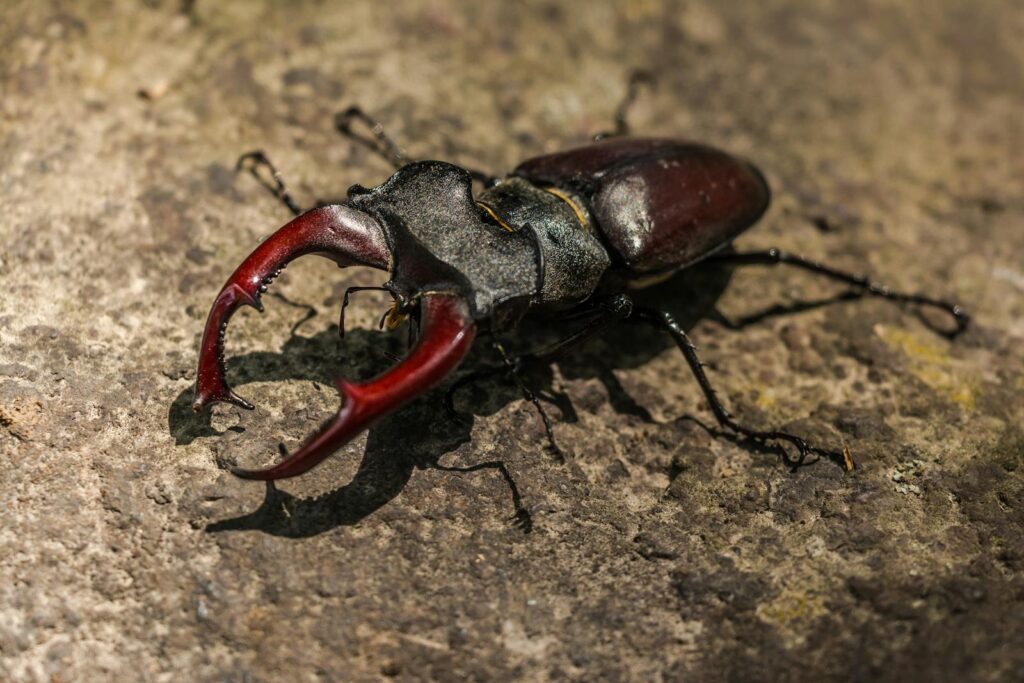
The disproportionate size of many insect tunnels directly relates to reproductive strategies that require specialized nursery spaces. For solitary tunnel-nesting bees and wasps, extended tunnels allow for the creation of multiple brood cells, each provisioned with food and containing a single developing offspring. The linear arrangement protects developing young from parasites and predators, with cells deeper in the tunnel enjoying greater protection. Social insects like ants and termites require extensive nursery chambers with precisely controlled conditions for optimal larval development. These species often sort brood by developmental stage into different chambers, each with microclimate conditions optimized for that particular growth phase. The tunnel size thus directly correlates with reproductive potential—larger systems can accommodate more developing offspring and provide better conditions for their growth.
Flood Prevention and Drainage Adaptations

Many ground-nesting insects face the persistent threat of flooding, making oversized tunnel systems with sophisticated drainage features critical survival adaptations. The expanded network often includes specifically designed drainage chambers and channels that direct water away from critical nest areas during heavy rainfall. Some species, particularly ants, incorporate porous materials into tunnel walls that absorb excess moisture while maintaining structural integrity. The multi-level nature of many tunnel systems allows inhabitants to retreat to higher chambers when lower levels flood, essentially creating a vertical evacuation system. Particularly sophisticated builders like leaf-cutter ants construct underground chambers with slight inclinations and drainage systems that prevent water accumulation even during tropical downpours—engineering feats that would impress human civil engineers.
Collective Intelligence and Emergent Construction

The creation of tunnels far exceeding individual body size often results from emergent properties of collective behavior rather than centralized planning. Individual insects follow relatively simple behavioral rules that, when performed collectively, produce complex architectural results through a process scientists call stigmergy—where one action creates a stimulus that triggers subsequent actions by other individuals. For example, in ant colonies, workers deposit pheromone signals that guide other workers in extending tunnels in optimal directions. Each small modification by individual workers contributes to the larger structure without any single insect comprehending the overall design. This decentralized construction approach allows for remarkable adaptation to local conditions and obstacles, with the collective intelligence of the group solving problems no individual could address—resulting in tunnels and chambers optimized for colony function despite no architect or blueprint.
Wood-Boring Insects and Extended Galleries

Wood-boring insects represent some of the most impressive examples of creatures creating tunnels vastly exceeding their body dimensions. Beetle larvae like those of longhorn beetles or powderpost beetles can create extensive gallery systems throughout wooden structures, sometimes tunneling several feet through solid wood despite their small size. The disproportionate tunnel size allows these insects to exploit the woody resource more efficiently, avoiding areas already processed while accessing fresh nutritional material. For many species, the extended galleries serve dual purposes—providing nutrition as the insect consumes the excavated wood while simultaneously creating space for movement and development. The tunnel architecture often follows specific patterns that maximize resource extraction while maintaining structural integrity until the insect completes development—a delicate balance between consumption and maintaining sufficient structure for protection.
Evolutionary Adaptations for Efficient Digging
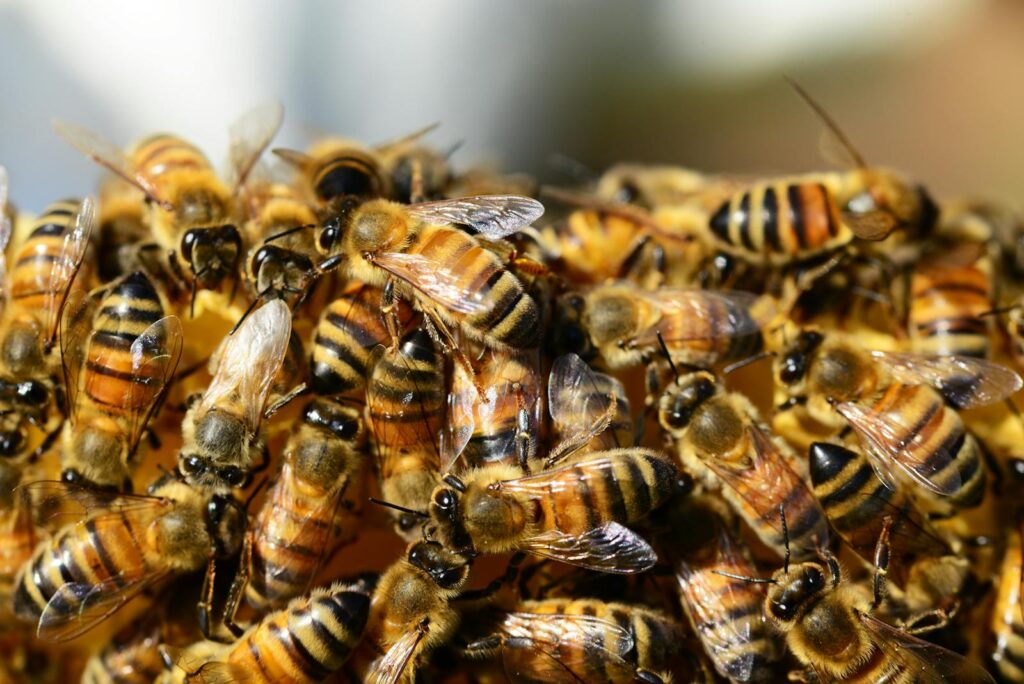
The ability to create tunnels exceeding body size represents millions of years of evolutionary adaptations that maximize digging efficiency while minimizing energy expenditure. Many tunneling insects possess specialized appendages like the enlarged forelimbs of mole crickets or the powerful mandibles of carpenter ants, optimized for moving substrate material. Biochemical adaptations are equally important, with many species producing saliva or other secretions that soften soil or wood before removal, significantly reducing the physical force required. Body forms have evolved to facilitate tunnel creation, with cylindrical shapes reducing friction during movement through confined spaces. Perhaps most remarkably, many tunneling insects have developed specialized behaviors that leverage physics principles—some termites create pellets of specific sizes that can be efficiently transported, while others use their own bodies as compaction tools to strengthen tunnel walls.
Human Applications and Biomimicry Potential
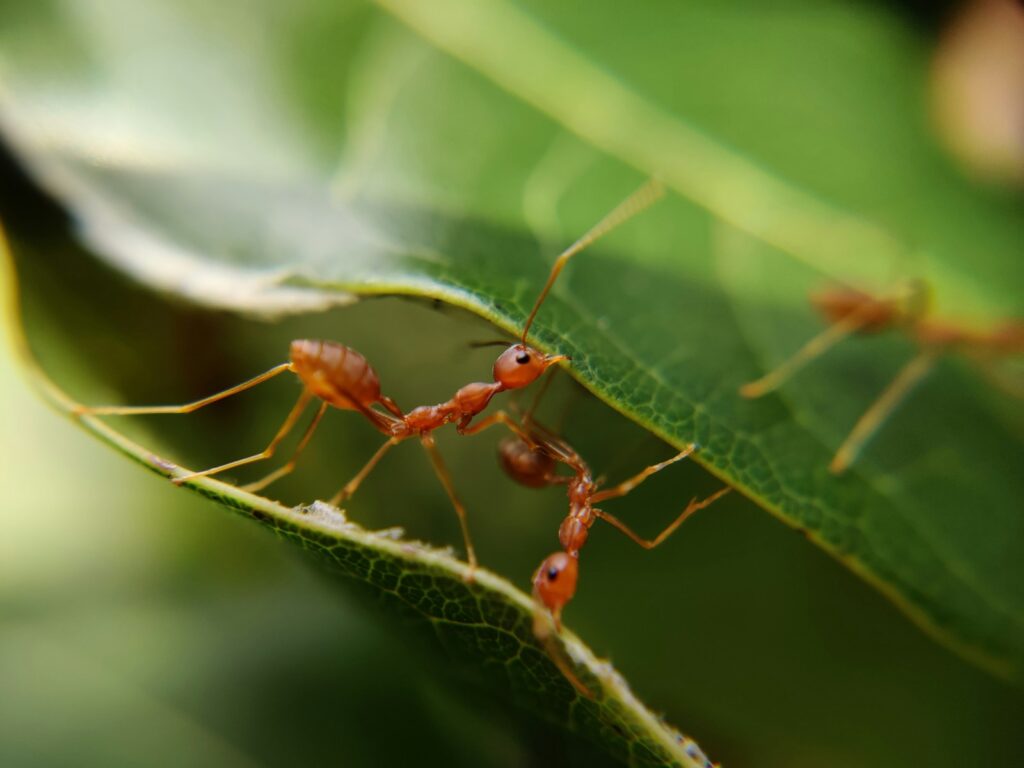
The disproportionate engineering feats of tunneling insects have increasingly inspired human technological applications through biomimicry—the emulation of nature’s time-tested patterns and strategies. Robotics engineers have developed tunnel-boring robots that mimic the incremental digging techniques of ants, potentially useful for search and rescue operations or subterranean exploration. Architectural ventilation systems have been designed based on termite mound principles, creating buildings with passive climate control that reduces energy consumption. The decentralized construction methods of social insects have informed algorithms for swarm robotics and distributed problem-solving in computer science. Perhaps most promisingly, understanding how tiny insects create structurally sound tunnels with minimal material could lead to more efficient construction techniques with reduced environmental impact—highlighting how these small engineers may help solve human-scale challenges.
Conclusion
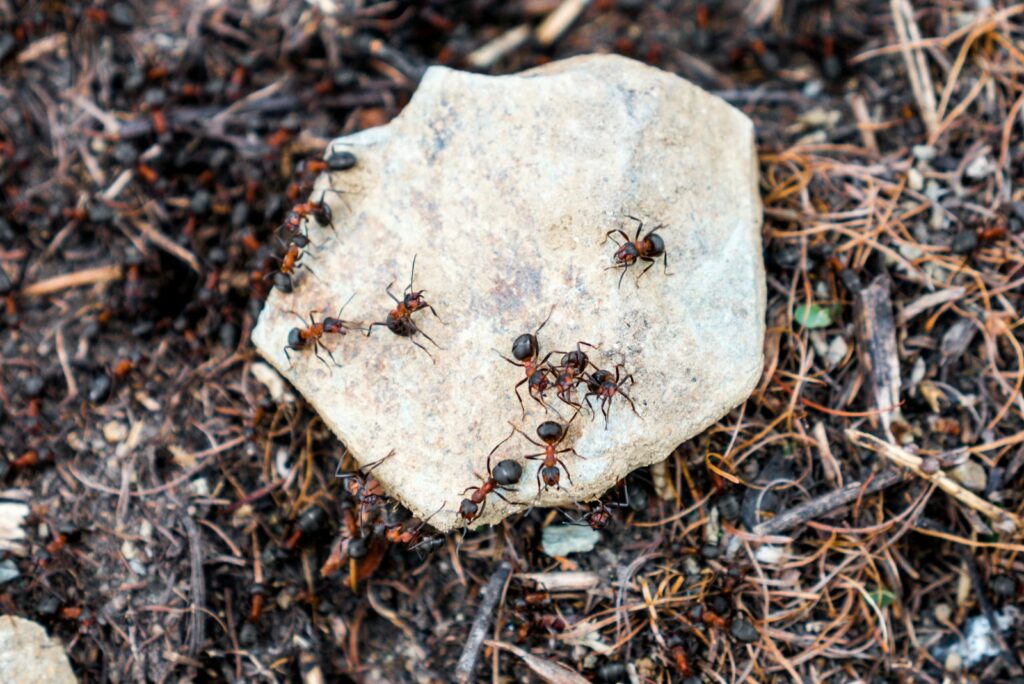
The phenomenon of insects building tunnels vastly exceeding their body size reveals nature’s remarkable efficiency in solving complex survival challenges. These seemingly disproportionate constructions represent sophisticated adaptations that provide protection, climate control, resource management, and social organization advantages critical to survival. Through specialized anatomical features, collective behavior, and evolutionary refinement, these tiny architects reshape their environments in ways that extend their influence far beyond their physical boundaries. As humans continue to study these remarkable builders, we gain not only appreciation for their engineering prowess but also potential solutions to our own design challenges. The humble tunneling insect, creating pathways many times its body length, demonstrates that in nature, the most impressive architects often come in the smallest packages.

